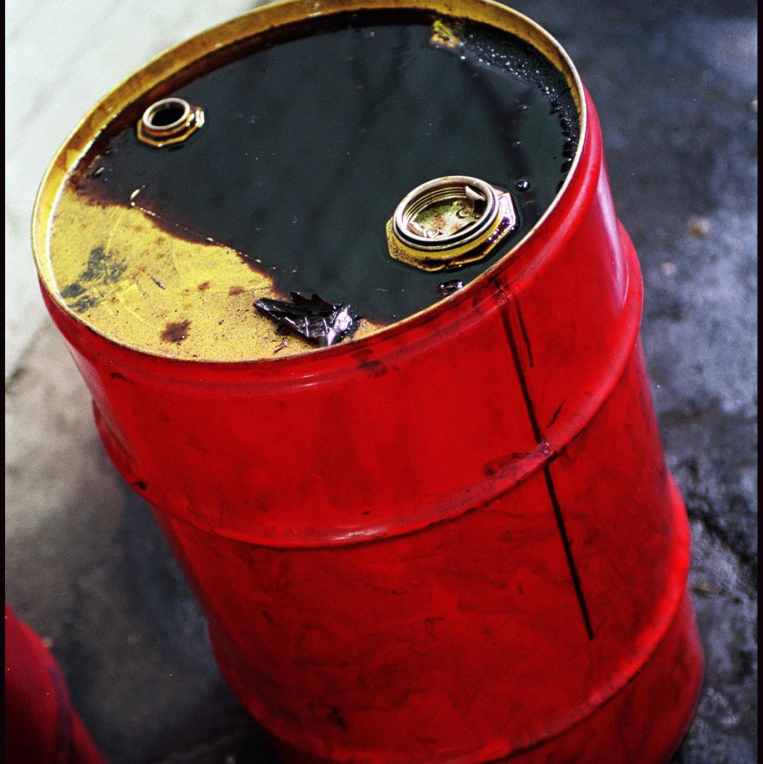Best month for Brent in 21 years overshadows US-China feud
by William McInnesInvestors will be relying on an extended rebound in global demand for crude products to support prices from here, as simmering tensions between the US and China threaten to derail an oil market recovery that could deliver Brent its best monthly return since 1999.
While oversupply concerns in the face of global economic shutdowns sent oil markets into a spiral in mid-April, aggressive cuts from OPEC, its allies and the US, along with a significant return of demand, has seen oil prices stage a recovery.
Crude has been on a tear since falling to decade lows at the height of the price war. Brent is up nearly 40 per cent since the start of May.

That rally was tempered slightly last week however, with uncertainty surrounding the trajectory of demand in a COVID-19 world.
Adding to that uncertainty is the simmering tension between the US and China, newly amplified by proposals from Beijing that threaten the independence of Hong Kong.
"The market is clearly focused on US-China relations in the context of the new security legislation they're proposing at the National People's Congress and the prospect for that to remove freedoms in Hong Kong," said NAB head of commodity strategy, Lachlan Shaw.
Despite this, Brent was trading 0.4 per cent higher at $US35.27 a barrel on Monday, while West Texas Intermediate was up 0.8 per cent to $US33.53 a barrel.
Oil markets were spooked on Friday after China failed to provide a target for annual economic growth, citing lingering uncertainty over its recovery from the coronavirus.
"I think the market looked at that announcement and would have liked to see a little bit more," Mr Shaw said.
"But looking at the fundamentals in China, demand is back to about 92 per cent of what it was last year and that's up from 87 per cent in April. China's demand continues to recover."
That is clear from sharp rebounds in auto sales, freight turnover and work rates for large industrial enterprises, a sign that China's economy has returned to work.
And while it may have failed to deliver a GDP growth target, it is aiming for 9 million new jobs, which the economy will be hard pressed to achieve in contraction mode.
Economic indicators suggest global activity is picking up elsewhere too, as more and more countries return from shutdowns, causing an increase in demand for fuels.
"US production is now at multi-year lows and that's important. If you take the shale basins in the US and look at drilling activity there, it's down almost 60 per cent since the start of the year," Mr Shaw said.
"Cushing inventories fell by the largest weekly amount ever, coming after a fall in the previous week. From a fundamental point of view, [the oil market is] rebalancing a lot more quickly than people might have been anticipating."
The fall in supply is coming at a cost to some producers.
Russian President Vladimir Putin ordered government advisers to develop plans to support Russia's oil and gas sector over the weekend, including cuts to oil pipeline tariffs.
Russia set off the chain of events that led oil to its biggest drop since the Gulf War by declining to bow to OPEC's demands for production cuts in March. Spotting an opportunity to crush US shale, Russia's decision was followed by Saudi Arabia instigating steep price reductions.
Now, a number of oil services companies could become eligible for Russian state support, as orders fall as much as 40 per cent as a result of reduced production.
The key uncertainty for markets going forward remains how authorities respond if a second wave of COVID-19 infections breaks out. "The question now will be what happens on the demand side if we get a re-emergence of COVID-19," Mr Shaw said.
"We don't know if that will happen and we don't know how governments will respond. That's the key risk on the demand side."